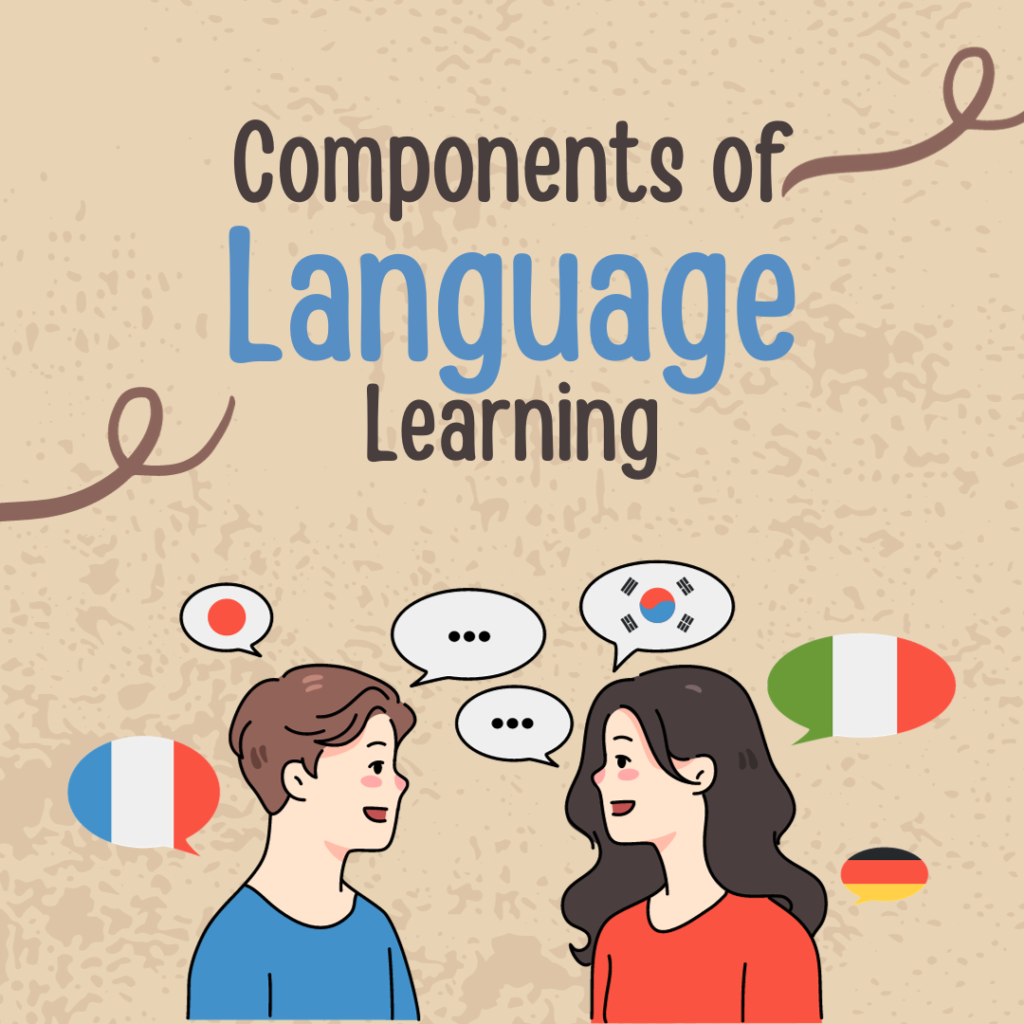Cenet Whispers
Your source for the latest insights and trends.
Flipping Linguistic Switches: How Learning a New Language Changes Your Brain
Discover how learning a new language transforms your brain and unlocks hidden cognitive powers. Dive into the science of linguistic switches!
Unlocking Neuroplasticity: The Science Behind Language Learning and Brain Change
Unlocking neuroplasticity is a fascinating journey that reveals how our brains adapt and reorganize in response to learning, particularly in language acquisition. Neuroplasticity is the brain's ability to form new connections and pathways throughout life, enabling it to adapt to new experiences. This process is particularly evident when learning a new language, as it involves not just memorizing vocabulary but also restructuring one's cognitive framework to accommodate different grammatical structures and sounds. Research shows that engaging with multiple languages can enhance cognitive flexibility and improve problem-solving skills, showcasing the profound changes that occur in the brain during language learning.
To fully harness the power of neuroplasticity in language learning, it is essential to adopt effective strategies. Regular practice, exposure to diverse linguistic contexts, and immersive experiences can accelerate this process. Techniques such as spaced repetition, active engagement, and meaningful interaction with native speakers are proven to stimulate brain regions associated with language processing. Moreover, incorporating multisensory approaches—like visual aids, music, or storytelling—can further enhance memory retention and encourage the brain's adaptive capabilities. By understanding and utilizing the principles of neuroplasticity, learners can unlock their potential to acquire new languages more efficiently and effectively.

How Multilingualism Boosts Cognitive Function: A Deep Dive
Multilingualism is not just a skill; it is a powerful tool that enhances cognitive function in various ways. Research indicates that individuals who speak multiple languages tend to have superior executive functions, such as improved problem-solving skills, better multitasking abilities, and heightened attention control. Learning different languages requires the brain to constantly switch between linguistic systems, fostering greater mental flexibility. This cognitive workout strengthens neural connections, making multilingual speakers more adept at tackling complex tasks and adapting to new situations.
Moreover, multilingualism has been linked to a reduced risk of cognitive decline as one ages. Studies suggest that bilingual or multilingual individuals may experience a delayed onset of dementia symptoms compared to monolingual counterparts. By engaging different areas of the brain through language use, multilingualism not only boosts cognitive reserve but also promotes lifelong learning. In essence, the benefits of speaking multiple languages extend far beyond communication; they positively enrich mental performance and enhance overall brain health.
The Effects of Language Learning on Memory and Problem-Solving Skills
Language learning is not just about mastering vocabulary and grammar; it also has profound impacts on cognitive abilities, particularly memory. Studies have shown that engaging in the process of acquiring a new language enhances both short-term and long-term memory retention. This enhancement occurs because language learners must frequently recall vocabulary, conjugations, and syntax, effectively exercising their brains. As a result, the mental gymnastics involved in language learning can create more robust neural connections, improving overall cognitive flexibility. Additionally, memory techniques such as spaced repetition, which is often utilized in language learning apps, further bolster the ability to retain and organize information efficiently.
Moreover, the benefits of learning a new language extend beyond memory to improve problem-solving skills. When faced with complex language structures or nuances, learners often need to adopt various strategies to navigate challenges, enhancing their analytical thinking. This constant practice encourages a deeper level of cognitive engagement, fostering a mindset that approaches problems from multiple angles. Ultimately, bilingual or multilingual individuals tend to demonstrate heightened adaptability and creativity when encountering new situations or dilemmas, showcasing their enhanced problem-solving abilities as a direct result of their language learning experiences.